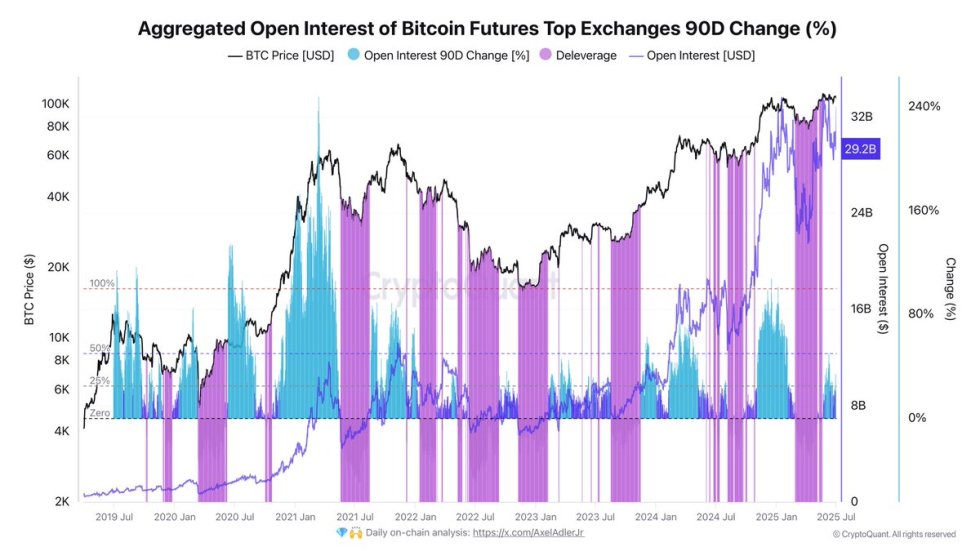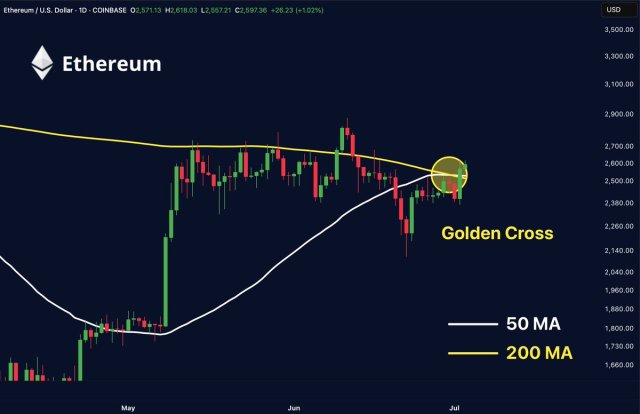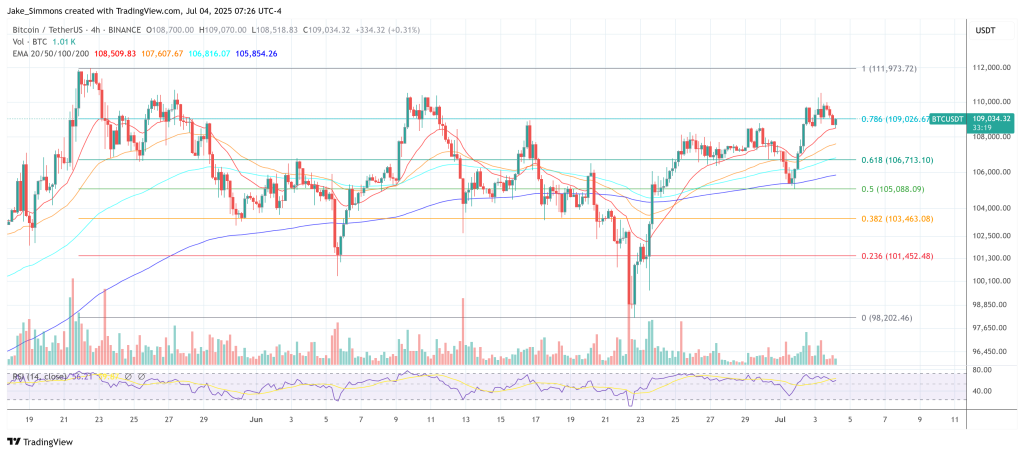As we all know the shapella update got completed on Ethereum, finishing up the proof of stake transition. As of now (according to https://dune.com/hildobby/eth2-staking) 18.8M ETH or (15.7% of total supply) is staked with a yield of around 4.4% APR (on lido).
What is game changing to this equation however is the fact that Ethereum’s total supply is decreasing with around -0.13%/year (https://ultrasound.money/). Currently, this means that stakers are receiving 4.5% real yield on there investments. To better understand this real yield let’s look at the bond market.
The bond market
According to the US Treasury Department, as of the end of 2020, approximately $21.5 trillion of marketable US Treasury securities were outstanding. Of this amount, approximately $10.4 trillion was held by the public.
To calculate the real yield on bonds we look at the average yield on 10-year Treasury notes. These are a commonly used benchmark for long-term interest rates, and yield approximately 2.35% between 2010 and 2020. The average annual inflation rate between 2010 and 2020 was approximately 1.8%. So, the real yield on 10-year Treasury notes over the decade of 2010-2020 was approximately 2.35% - 1.8% = 0.55%. This means that investors who held 10-year Treasury notes over that period would have earned a real return of approximately 0.55% per year after adjusting for inflation.
Ethereum as bond
Obviously Ethereum is still quite volatile, but we could make a hypothesis for the future in 5-10 years. The main attraction of bonds for people is the preservation of capital with little risk. For Ethereum to compete with bonds those requirements should be met.
Using the data above, if Ethereum volatility diminishes on the long term, Ethereum yields outperform bonds if ETH does not decrease by more than 4.5-0.55 = 3.95%. To repeat, even if the Ethereum price decreases by 4%/year for the next decade, the real return is still greater than that of bonds.
We could take this hypothesis even a step further by wondering what happens if all bond money will be staked instead in the future. Let’s assume the $10.4 trillion is staked over 20M ETH (same 15.7% staked) which results in $520.000/ETH. It must be considered that these tokeconomics are only possible because of network activity on Ethereum itself. Currently there is 802K ETH burned per year which in this scenario means $417B annual ETH burned due to transaction fees. Obviously, this would require a huge market to support such numbers but it is about the idea.
[link] [comments]

You can get bonuses upto $100 FREE BONUS when you:
💰 Install these recommended apps:
💲 SocialGood - 100% Crypto Back on Everyday Shopping
💲 xPortal - The DeFi For The Next Billion
💲 CryptoTab Browser - Lightweight, fast, and ready to mine!
💰 Register on these recommended exchanges:
🟡 Binance🟡 Bitfinex🟡 Bitmart🟡 Bittrex🟡 Bitget
🟡 CoinEx🟡 Crypto.com🟡 Gate.io🟡 Huobi🟡 Kucoin.




















Comments